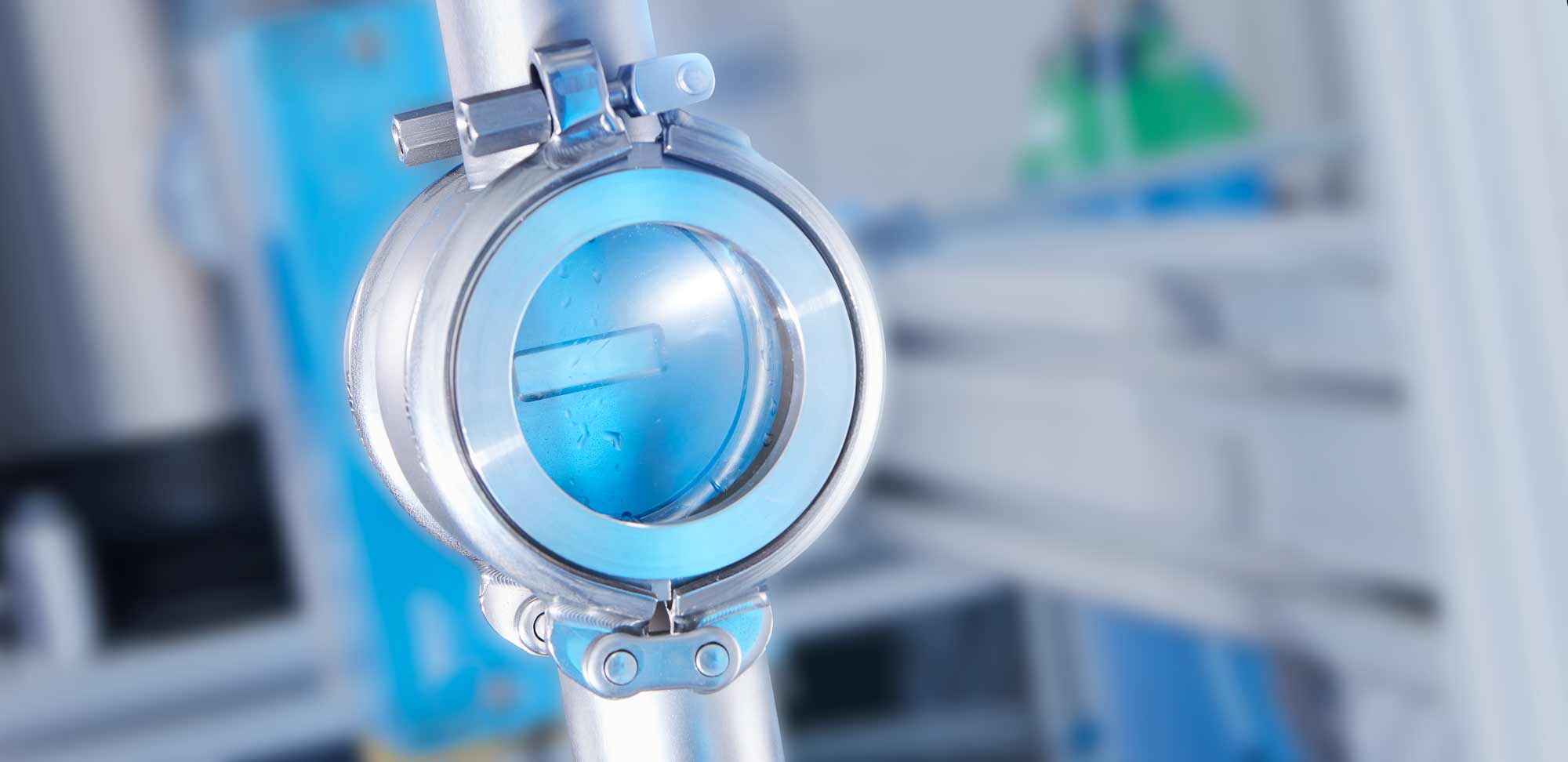ATR measurement technology for the analysis of process liquids - suitable for industrial use
Monitoring process liquids imposes the highest demands on optical process sensors: they have to be highly sensitive and very robust at the same time. For more than 20 years, Fraunhofer IPM has been developing sensors and measuring systems for process applications based on attenuated total reflection (ATR) spectroscopy in the mid-infrared range. They allow process control by providing on-line or at-line analysis data on the chemical composition of liquid media.
is an established optical method that permits the analysis of highly absorbent liquids. This spectroscopic technique allows to determine the composition of beverages such as beer, juices or soft drinks – however, only in the laboratory. For industrial applications, there is a problem: so far, the measurement technology is not robust enough for continuous use. Especially in the important »fingerprint range« of the infrared spectrum, there are only a few sensor solutions suitable for the industry.
Fraunhofer IPM develops adapted ATR sensor solutions for the application in industrial processes, drawing on our expertise in the fields of optical and opto-mechanical design and with assembly and connection techniques for robust sensors. Thanks to our extensive knowledge of materials, we are able to modify ATR elements for specific applications. Among other things, we use chemometric methods for data evaluation, which are constantly being refined.
In recent years, Fraunhofer IPM has developed ATR sensors for the beverage industry (e.g. as CO2 sensors) and for the determination of isocyanate concentrations in the chemical industry.
